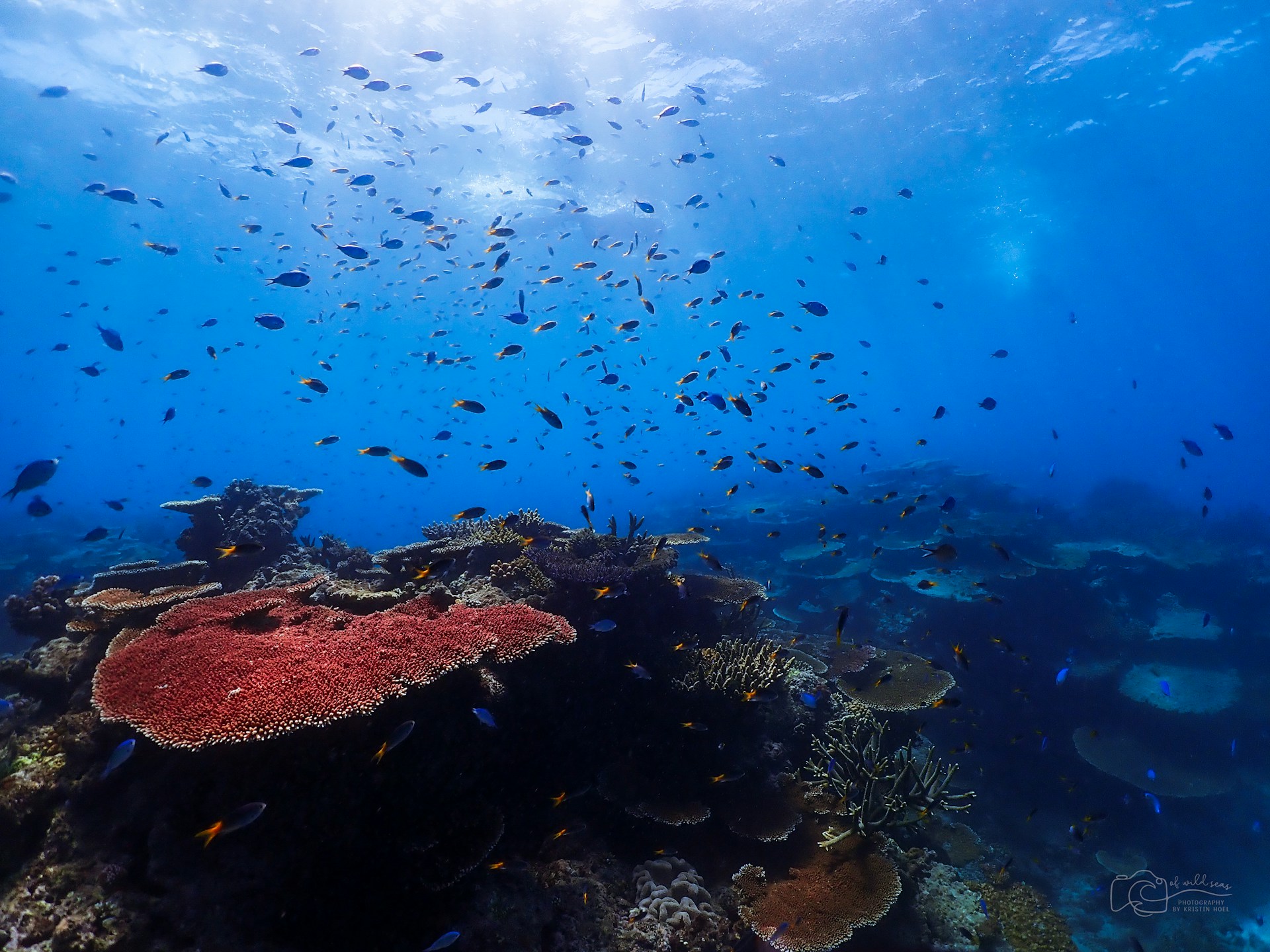News release
From:
First author Dr Edgar Santos-Fernandez, from QUT’s School of Mathematical Sciences, said that while the current water-quality sensors provided near real-time data for science, their data were often affected by technical anomalies.
“The Reef’s resilience and biodiversity is threatened by land run-off of pollutants, such as fine sediment, excess nutrients and pesticides, into the many rivers and streams that flow into the Reef,” Dr Santos-Fernandez said of the study conducted as part of an ARC Linkage Project.
“Current automated water-quality monitoring systems can give us a faulty readout because rocks, organic debris, or living organisms like fish can block the probe’s lens path.
“To counter this, we have developed a new system that continuously detects and corrects errors and anomalies in the data from water-quality sensors to significantly improve the reliability of that data.”
Principal investigator Distinguished Professor Kerrie Mengersen, director of QUT’s Centre for Data Science, said challenges to global water quality were intensifying.
“This innovative approach offers a valuable tool for scientists and policymakers to make more informed decisions about our vital water resources,” Professor Mengersen said.
Dr Santos-Fernandez said that by examining patterns across time and space, this method can differentiate between genuine water-quality changes and sensor malfunctions.
“This framework detects sensor data anomalies using spatial and temporal autocorrelation to improve detection rates,” he said.
“After investigating the effectiveness of several state-of-the-art statistical methods, we developed this new dynamic approach for data streams that continuously updates as we get new data.
“We validated this approach through a simulation study and real-world case study on Queensland’s Herbert River, which flows into the Great Barrier Reef.”
“The research team found their method substantially improved the trustworthiness and precision of water-quality monitoring.
“It reduces uncertainties and biases in reporting and modelling while also decreasing the need for manual data annotation.
“This enhanced accuracy could lead to more effective and efficient water management strategies.”
The QUT research team comprised Dr Santos-Fernandez, Professor Mengersen and Professor James McGree.
The paper, Unsupervised anomaly detection in spatio-temporal stream network sensor data was published in Water Resources Research.



 Australia; VIC; QLD
Australia; VIC; QLD



